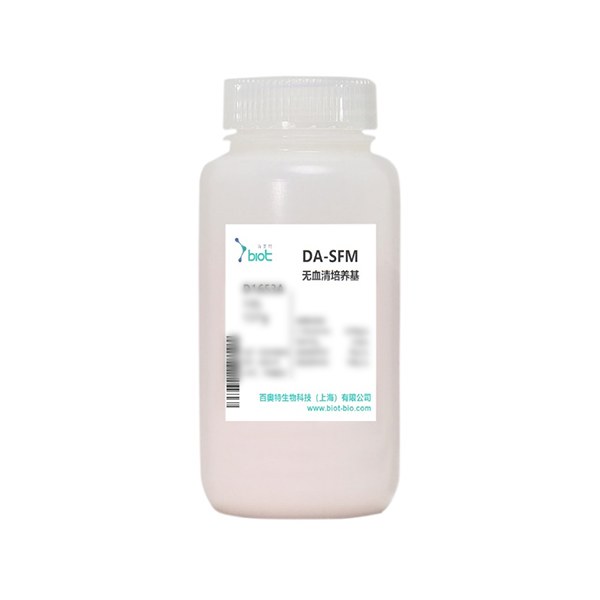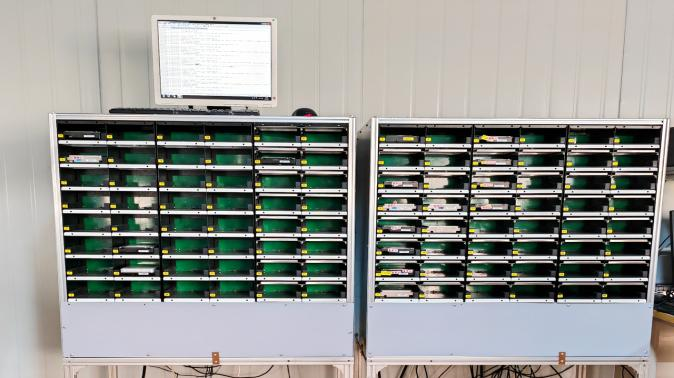In an era where environmental consciousness is at the forefront of consumer choices, the question of which types of plastics are safe for the environment has become increasingly pertinent. As we grapple with the consequences of plastic pollution, it is essential to understand the various types of plastics available, their environmental impact, and the innovations that are paving the way for sustainable alternatives. This article delves into the complexities of plastic types, their biodegradability, recyclability, and the emerging eco-friendly options that can help mitigate our ecological footprint.
Understanding Plastic Types and Their Environmental Impact
Plastics are categorized into several types, each with distinct properties and environmental implications. The most common classification system is based on the resin identification code, which ranges from 1 to 7. Here’s a brief overview of these types:
- Polyethylene Terephthalate (PET or PETE): Commonly used in beverage bottles and food containers, PET is highly recyclable. However, its recycling rate is low, and when not disposed of properly, it can contribute to environmental pollution.
- High-Density Polyethylene (HDPE): Found in milk jugs and detergent bottles, HDPE is also recyclable and has a lower environmental impact compared to other plastics. It is resistant to impact and can be reused multiple times.
- Polyvinyl Chloride (PVC): Widely used in construction materials and plumbing, PVC poses significant environmental hazards during production and disposal, releasing harmful chemicals. Its recyclability is limited, making it less favorable for eco-conscious consumers.
- Low-Density Polyethylene (LDPE): Commonly used in plastic bags and food wraps, LDPE is not widely recycled, leading to environmental concerns. However, it is less harmful than PVC.
- Polypropylene (PP): Used in a variety of applications, including automotive parts and food containers, PP is recyclable and has a lower environmental impact than many other plastics.
- Polystyrene (PS): Often found in disposable cutlery and foam containers, PS is notoriously difficult to recycle and poses significant environmental challenges, particularly in marine environments.
- Other (Various Plastics): This category includes a range of plastics, such as polycarbonate and nylon, which can have varying environmental impacts depending on their specific use and disposal methods.
The Case for Biodegradable and Compostable Plastics
In response to the growing concerns about plastic waste, the market has seen a rise in biodegradable and compostable plastics. These materials are designed to break down more quickly than traditional plastics, reducing their environmental footprint.
- PLA (Polylactic Acid): Derived from renewable resources like corn starch, PLA is compostable under industrial conditions. However, it requires specific conditions to decompose effectively, which may not be available in all regions.
- PHA (Polyhydroxyalkanoates): Produced by microbial fermentation of sugars or lipids, PHA is fully biodegradable and can break down in various environments, including marine settings. Its production is more energy-intensive, but it represents a promising alternative to conventional plastics.
- Starch-Based Plastics: These are often blended with traditional plastics to enhance biodegradability. While they can reduce the overall plastic content, their performance and decomposition rates can vary significantly.
Innovations in Sustainable Plastics
The quest for environmentally safe plastics has spurred innovation across industries. Companies are increasingly investing in research and development to create materials that are not only functional but also sustainable. Some notable advancements include:
- Recycled Plastics: The use of post-consumer recycled plastics is gaining traction. Brands are incorporating recycled materials into their products, reducing the demand for virgin plastic and promoting a circular economy.
- Bio-based Plastics: These are derived from renewable resources rather than fossil fuels. They can significantly reduce greenhouse gas emissions during production, making them a more sustainable option.
- Smart Plastics: Innovations in smart materials that can change properties based on environmental conditions are emerging. These materials can potentially reduce waste by adapting to their use and extending their lifespan.
Making Informed Choices
As consumers, we play a crucial role in driving the demand for environmentally safe plastics. Here are some practical steps to consider:
- Educate Yourself: Understand the types of plastics and their environmental impacts. Look for products made from recyclable or biodegradable materials.
- Support Sustainable Brands: Choose companies that prioritize sustainability in their product design and packaging.
- Reduce and Reuse: Minimize plastic consumption by opting for reusable alternatives and reducing single-use plastics.
- Recycle Properly: Familiarize yourself with local recycling guidelines to ensure that plastics are disposed of correctly.
Conclusion
Navigating the landscape of plastics and their environmental implications is complex, but it is essential for fostering a sustainable future. By understanding the types of plastics available and supporting innovative solutions, we can collectively work towards reducing plastic pollution and promoting eco-friendly practices. The journey towards a greener planet begins with informed choices and a commitment to sustainability. As we continue to explore and develop safer alternatives, the future of plastics can indeed be bright and environmentally friendly.


